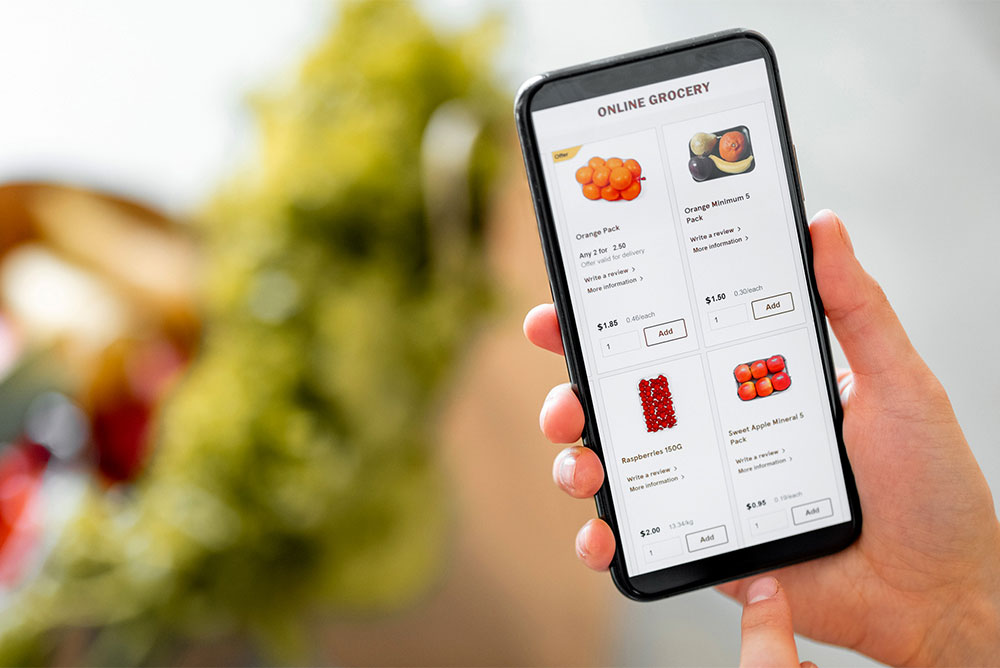Now, let’s delve into the analysis of the FMCG market, including its global overview, regional variations, market trends, and the competitive landscape. The Fast-Moving Consumer Goods (FMCG) industry, while lucrative, is not without its fair share of challenges and risks. Companies operating in this sector must navigate these complexities effectively to ensure long-term success. Here, we’ll discuss the key challenges and risks FMCG businesses face.
Global FMCG Industry Overview
The FMCG industry is a global powerhouse, encompassing a vast array of products and services.
- Market Size and Value: The global FMCG market is enormous, with annual sales reaching hundreds of billions of dollars. This expansive market presents both opportunities and challenges for businesses.
- Product Diversity: FMCG spans various categories, including food and beverages, personal care products, cleaning supplies, and more. Understanding this diversity is crucial for market entry.
- Market Players: The industry comprises multinational corporations, local businesses, and startups. Market dynamics vary based on the size and reach of these players.
- Emerging Markets: Developing economies represent a significant growth opportunity for FMCG companies. Rising middle-class populations in countries like India and China drive increased consumption.
Regional Variations in FMCG Consumption
FMCG consumption patterns vary significantly across regions due to cultural, economic, and lifestyle differences.
- Asia-Pacific: The Asia-Pacific region is a hotbed for FMCG consumption, driven by a burgeoning middle class, urbanization, and changing dietary preferences. Understanding local tastes and preferences is crucial for success.
- North America: In North America, convenience and health-consciousness shape FMCG choices. Consumers are increasingly seeking products that align with their dietary and wellness goals.
- Europe: European consumers prioritize quality and sustainability. Eco-friendly packaging and organic products have gained traction in this region.
- Latin America: FMCG consumption in Latin America is influenced by cultural diversity and economic disparities. Tailoring products to meet the varying needs of different countries is essential.
Market Trends and Growth Factors
Staying ahead in the FMCG industry requires a keen awareness of the latest trends and growth factors.
- E-commerce Dominance: The digital transformation has accelerated e-commerce sales of FMCG products. Online shopping offers convenience, and companies are adapting their distribution models accordingly.
- Sustainability Focus: Consumers increasingly favor eco-friendly products and packaging. Brands that prioritize sustainability can gain a competitive edge.
- Healthy Living: Health-conscious consumers are driving demand for organic, natural, and health-oriented FMCG items. Companies can tap into this trend by offering products that cater to these preferences.
- Personalization: Customization and personalization are gaining importance. Brands that offer tailored products or experiences stand out in a crowded marketplace.
By understanding these key characteristics and market dynamics, you’ll be better equipped to navigate the complex world of Fast-Moving Consumer Goods.

